I'm going to approach your question in a slightly different way to try and give you a slightly more intuitive understanding of why the resistance goes down.
Let's first consider the equivalent resistance of a simple circuit:
(source: electronics.dit.ie)
When resistors are in parallel (bottom circuit in picture), the total resistance is: \$\frac{1}{R_{Total}} = \frac{1}{R_1} + \frac{1}{R_2} + \frac{1}{R_3} ... \frac{1}{R_n} \$
You can see this equation in a textbook, but you might be wondering "But you added more resistors! How could that make the resistance go down?".
To understand why, let's look at electrical conductance. Conductance is the inverse of resistance. That is, the less resistive a material is, the more conductive it is. Conductance is defined as \$G = \frac{1}{R}\$ where \$G\$ is the conductance and \$R\$ is the resistance.
Now this part is interesting, look what happens when we use conductance in the parallel circuit resistance equation.
\$Conductance = G_{Total} = G_1 + G_2 + G_3 .. G_n = \frac{1}{R_{Total}}= \frac{1}{R_1} + \frac{1}{R_2} + \frac{1}{R_3} ... \frac{1}{R_n} \$
We see here that conductance increases as you add more resistors in parallel, and resistance decreases! Each resistor is able to conduct a certain amount of current. When you add a resistor in parallel, you are adding an additional path through which current can flow, and each resistor contributes a certain amount of conductance.
When you have a thicker wire, it effectively acts like this parallel circuit. Imagine you have a single strand of wire. It has a certain conductance and a certain resistance. Now imagine you have a wire that is composed of 20 individual strands of wire, and each strand is as thick as your previous single strand.
If each strand has a certain conductance, having a wire with 20 strands means that your conductance is now 20 times larger than the wire with only 1 strand. I'm using strands because it helps you see how a thicker wire is the same as having multiple smaller wires. Since the conductance increases, it means the resistance decreases (since it is the inverse of conductance).
